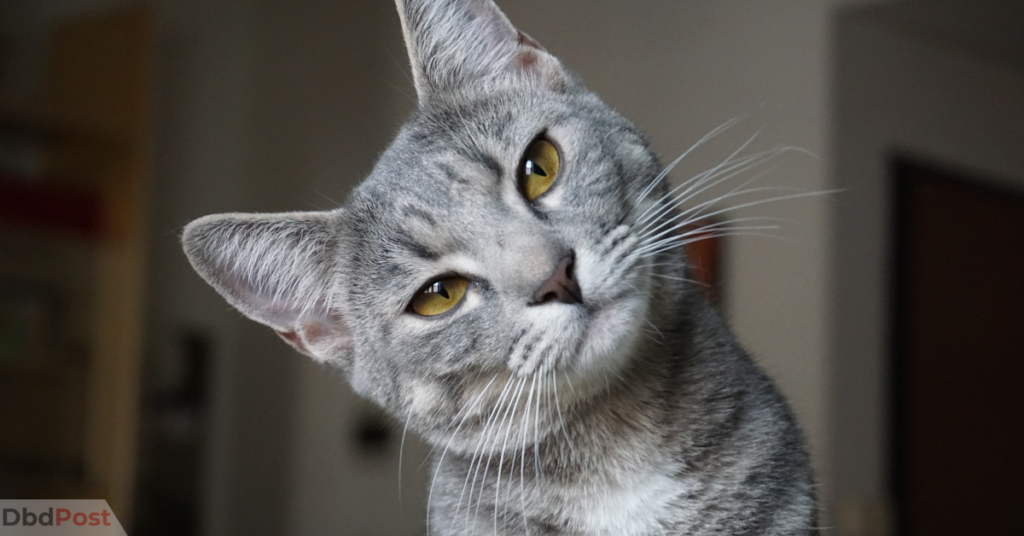A recent increase in bird flu cases among domestic cats has raised concerns among pet owners and veterinarians alike. Reports confirm that the H5N1 avian influenza virus has spread beyond birds, infecting mammals, including cats.
As a result, experts are urging cat owners to take precautions.
Bird flu, or avian influenza, primarily affects birds. However, mutations in the virus have allowed it to infect mammals, including household pets like cats, which may come into contact with infected birds or contaminated environments.
Veterinary professionals warn that cats can contract bird flu by hunting or scavenging infected wild birds. Consuming raw or undercooked poultry products is another risk factor.
Direct exposure to contaminated surfaces, such as bird droppings, also increases the likelihood of infection.
The symptoms of bird flu in cats can vary. Infected cats may show respiratory distress, fever, lethargy, or neurological symptoms. Some cats have also experienced severe illness, which can lead to fatalities in rare cases.
Veterinarians recommend keeping cats indoors to minimize their risk. Limiting outdoor access prevents them from interacting with infected wildlife.
Additionally, feeding cats cooked food instead of raw meat can reduce the likelihood of exposure.
Although H5N1 has infected cats, the risk to humans remains low. However, researchers are closely monitoring any potential mutations. A virus adapting to spread between mammals could pose a greater risk to public health.
The Centers for Disease Control and Prevention (CDC) and the World Health Organization (WHO) actively track outbreaks. They urge cat owners to stay informed and report unusual illnesses in their pets.
Early detection and isolation can help prevent further spread.
Experts emphasize the importance of hygiene when handling pets. Washing hands after touching cats is crucial, especially if they roam outdoors. Cleaning food and water bowls regularly also helps maintain a safe environment.
No specific treatment or vaccine exists for bird flu in cats. Supportive care, such as hydration and symptom management, remains the best. Veterinarians may also prescribe antiviral medications in severe cases.
Pet owners must immediately seek veterinary assistance if a cat shows signs of bird flu. Isolating the sick pet from other animals can prevent transmission, and following the vet’s guidance ensures the best chance of recovery.
Pet owners should also avoid handling sick or dead birds. If necessary, they should wear gloves and dispose of remains safely.
Reporting unusual bird deaths to local authorities helps track and control outbreaks.
While rare, cases of bird flu in cats highlight the need for vigilance. Preventative measures, such as indoor confinement and proper food handling, are key. Staying informed through reliable sources ensures pet safety.
Health officials stress that the overall risk to the general public remains low. However, monitoring and research continue to understand the virus’s potential evolution.
As bird flu spreads among various species, scientists are studying its impact. Understanding how the virus behaves in mammals helps with prevention efforts.
Preparedness is essential in managing any future outbreaks.
In recent years, global outbreaks of H5N1 have raised alarms. Authorities have culled infected poultry to prevent more significant epidemics. Now, with mammalian infections emerging, containment efforts are expanding.
Countries with confirmed cases of the virus in mammals are increasing surveillance. Wildlife experts and researchers are studying how the virus spreads across species.
These findings inform public health policies and future strategies.
Veterinary clinics are also enhancing their diagnostic capabilities. Quick identification of bird flu in pets ensures timely intervention, while awareness campaigns aim to help pet owners recognize early symptoms.
Scientists are developing improved testing methods to detect bird flu in animals. Faster detection can prevent widespread outbreaks.
Also, advancements in veterinary medicine contribute to better protection for both pets and humans.
Despite the ongoing concern, experts advise against panic. While the risk exists, following preventative measures significantly reduces it.
Continued research and vigilance will shape future responses to bird flu outbreaks. Scientists, veterinarians, and health officials remain committed to understanding and controlling the virus.
Pet owners must stay aware and proactive in protecting their furry companions.
- 107shares
- Facebook Messenger
About the author
Raju Chopra is a Senior Contributor at DbdPost, specializing in crafting well-researched and insightful digital content. With extensive experience in journalism and digital publishing, Raju is known for his meticulous attention to detail and his ability to present complex ideas in an engaging, reader-friendly manner. His work reflects a commitment to accuracy and delivering value to his audience, making him a trusted voice in the digital space.





